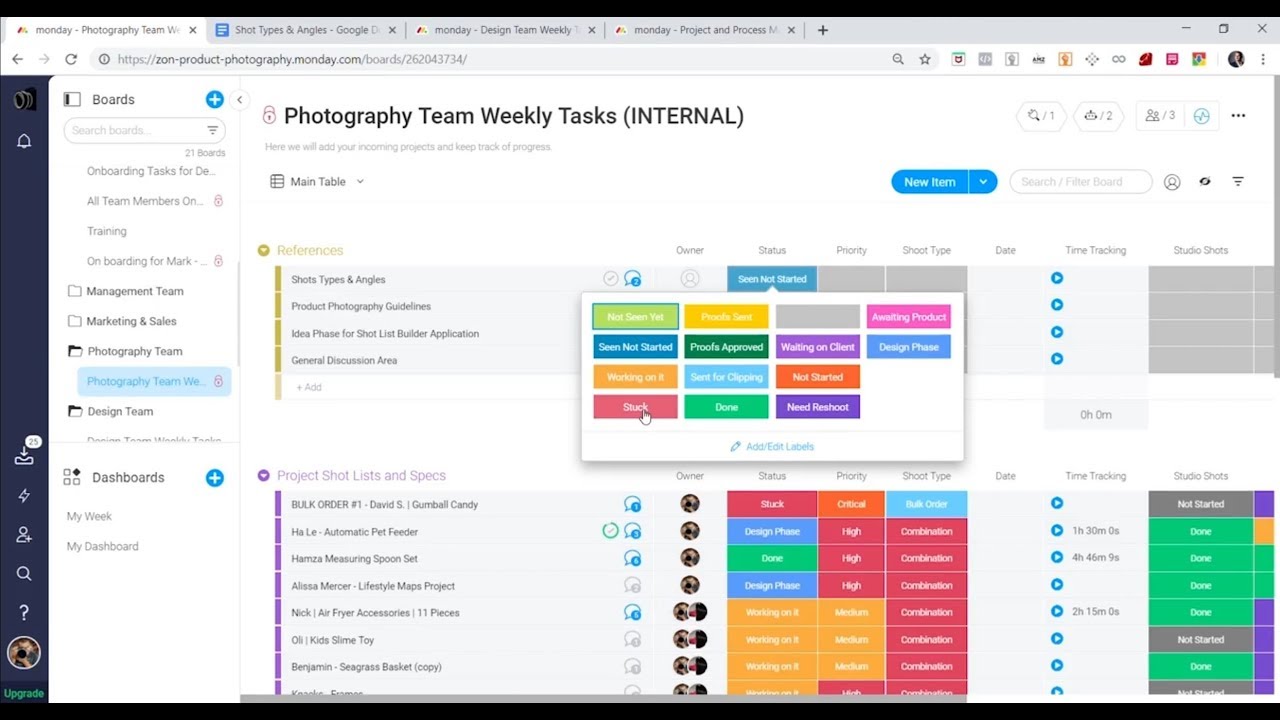Work-related Safety and health Management Systems for Organisations

Work-related Safety and health management is a mix of practices and organisation. The requirements on OHS management systems vary a great deal based on industry and organisational roles, however the fundamental guidelines are very similar. Interestingly, the best new modern OHS management systems would be the fully statutorily compliant, employer managed self insurance systems.
They are very well structured management programs, with full financial and operational management conducted in-house. Scalping strategies are very productive, that contains risk, making certain a great workplace atmosphere and improving productivity. These programs offer built-in mechanisms for compliance with industry rules, that is a particularly valuable business operational function.
A summary
OHS safety management requires proper planning and systematic overview of organisational practices for optimal performance.
Aspects of planning include:
Scale and selection of organisational operations
Statutory needs
Risk profiling of economic functions and processes
Assessment of sickness and accidents at work
Management sources
Compliance using the needs from the regulator regarding OHS and risk management obligations (Mandatory in self-insurance licensing)
This is actually a kind of business planning. Used OHS management are visible in context using the organisational strategic business plan, in directly relationship to any or all regions of workplace operations.
Tailoring your OHS management system for your business.
In lots of industries, the Work-related Safety and health issues are complex. Risk management may involve large levels of capital and enormous figures of various kinds of operation. OHS management systems during these multifaceted business environments need a quite strong degree of consistency in the policy stage to implementation at work.
The Work-related Safety and health management system must take care of:
Work-related safety and health policies.
Best practice OHS operational methods.
Development of practices for documentation of procedures.
Location based OHS criteria for particular needs.
Reporting methodologies to make sure top quality, verifiable information for every stage of OHS procedures
Databases and records needed for OHS-related information.
Many companies engage expert risk management consultants to produce and implement their OHS management systems. This ensures best practice and currency of OHS procedures and statutory compliance. Many consultants offer OHS management services. These types of services include monitoring from the OHS systems and therefore are an excellent asset for companies which not have the management sources to conduct these operations themselves.
Having your OHS management routines in position
Implementation of Work-related Safety and health management systems is carried out utilizing a managed prioritisation approach. Typically, this is a phased, coordinated process mapped in advance in consultation with business management.
The most crucial elements in implementation are training and knowledge of the OHS procedures and safety system needs. With statutorily affected kinds of business operation, working out is structured to link OHS systems and operational procedures. In some instances this can require new operational procedures, or changes to existing operations.
OHS management systems give a valuable source of companies. They promote great work practices, a security-conscious work atmosphere, and routinely increase productivity.




